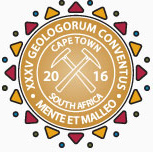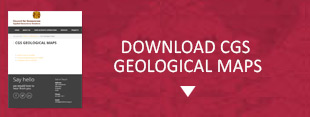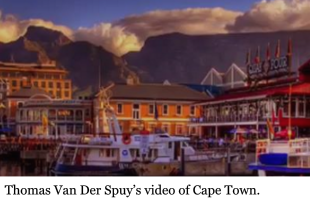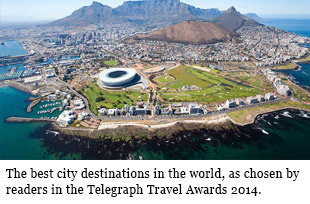
35TH INTERNATIONAL GEOLOGICAL CONGRESS
27 AUGUST - 4 SEPTEMBER 2016 | CAPE TOWN, SOUTH AFRICA
Sponsors
Keystone Sponsor


Diamond Sponsor


Gold Sponsor


Silver Sponsor








Business Centre Sponsor


Publication Sponsor




Social Function


Plenary Speaker Sponsor


Speaker Gift Sponsor


Post Graduate Fund


Registration


Welcome Drinks


Lunch Time Drinks


Publication &
35 IGC SAGPGF
35 IGC SAGPGF

35 IGC SAGPGF




MY IGC APP


Symposium Sponsor




Audit Sponsor


35TH INTERNATIONAL GEOLOGICAL CONGRESS
27 AUGUST - 4 SEPTEMBER 2016 | CAPE TOWN, SOUTH AFRICA
My IGC
Symposium Details
| Title | Description | Convenors |
|---|---|---|
| Himalayan Mountain Building and Fragile Ecosystem vis-a-vis Natural Disaster Management | The Himalayan arc extends about 2,500 km from northwest to southeast incorporating from west to east the loftiest peaks,viz., Nanga Parbat (8,125m), Everest (8,848m), and Namcha Barwa (7,755m).The width of the belt varies from 250-350 km.The mighty Himalayas and the Karakoram, embodying the largest concentration of lithospheric mass, grew south of the Pamir. The Himalayas display a fascinating geological record of Precambrian to present and terminate both east and west with spectacular syntaxial bends. The collision of India with Asia is the most facinating event to have occurred in the past 100 Ma. It is responsible for uplift of the Himalayas and Tibet and rejuvenating tectonic architecture of Karakoram and Kun Lun, thus resulting in changes in the Earth's orography and consequent climate change, which are directly tied to this ongoing collisional event. This collisional event has been argued for long to have been responsible for geological, geochemical and climatological consequenses of global extent. The uplifting process is still ongoing at an approximate rate of one cm. per year with continued erosion and denudation. The eroded material from its rugged topography is repeatedly and regularly shed into different depositional settings within the Himalayas to the Bay of Bengal and the Arabian Sea by a youthful rivers drainage network. Global warming responsible for recession of Himalayan glaciers at an alarming rate is a serious matter of concern for the survival of human civilization in the Indo-Gangetic plain. The stress and strain caused by plate motion is responsible for frequent earthquakes in this region causing enormous loss of human life. | Anshu Kumar Sinha |
 Field trips
Field trips  Sponsorship & expo
Sponsorship & expo  Registration
Registration Tours
Tours  Promotion
Promotion 














 Conference Programme
Conference Programme  Field trips
Field trips  Sponsorship & expo
Sponsorship & expo  Volunteer
Volunteer  GeoHost
GeoHost  Registration
Registration Tours
Tours  Promotion
Promotion  Publications
Publications









